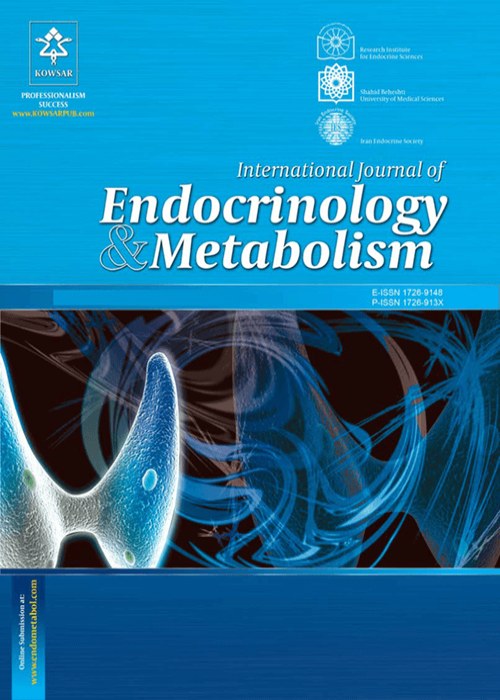The Frequency of CD4+ T Cells in Women with Hashimoto’s Thyroiditis
Hashimoto’s thyroiditis (HT) is themost prevalent autoimmune disease, and there is no definitive treatment available for this disease. To find the appropriate therapeutic approach, it is necessary to determine the mechanism of this disease. To achieve this purpose, the frequency of CD4+ T cells was evaluated in patients with HT and compared with healthy individuals.
Twenty-six female patients with HT, aged 20 - 45 years, enrolled in this study. Based on the level of thyroglobulin antibody (anti-TG) and anti-thyroid peroxidase antibody (anti-TPO) in serum of patients with HT, they were divided into two groups. The serum level of anti-TPO was above 100 IU/mL in the group 1 (n = 13), whereas the serum levels of both anti-TPO and anti-TG were above 100 IU/mL in the group 2 (n = 13). Eleven healthy women were considered control group, or group 3. Using flow cytometry, the frequency of T helper (Th)1, Th2, Th17, T regulatory type 1 (Tr1), and LT CD4+ IL-4+ IL-17+ cells and mean fluorescent intensity (MFI) of their related cytokines were evaluated.
The frequency of Th2 cells in the groups 1 (anti-TPO > 100) and 2 (anti-TPO > 100 and anti-TG > 100) were more than control group. Only the difference between groups 3 (healthy control) and 2 was significant (P = 0.022). The frequency of LT CD4+ IL-4+ IL-17+ cells in the group 1 was significantlymore than group 3 (P = 0.027); However, the difference between group 2 and 3 was not significant (P = 0.126). The expression of interferon-gamma (IFN-γ) in the group 2 (P = 0.001) and group 1 (P = 0.001) was significantly higher than group 3. The frequency of Th17, Th1, and Tr1 cells and MFI of IL-17 and IL-10 were not significantly different between the study groups.
In the present study, no significant differences were observed in the frequency of Th17 and Tr1 cells and in MFI of IL-17 and IL-10 in comparison to healthy individuals. Therefore, trying to make a change in the population of these cells probably does not have a significant therapeutic effect. Since Th2 cells and the expression of IFN-γ increased in women with HT, reducing the frequency of Th2 cells or the expression of IFN-γ may be effective in controlling the disease progression. It may be helpful for these patients to prevent the progression of the disease.
- حق عضویت دریافتی صرف حمایت از نشریات عضو و نگهداری، تکمیل و توسعه مگیران میشود.
- پرداخت حق اشتراک و دانلود مقالات اجازه بازنشر آن در سایر رسانههای چاپی و دیجیتال را به کاربر نمیدهد.


